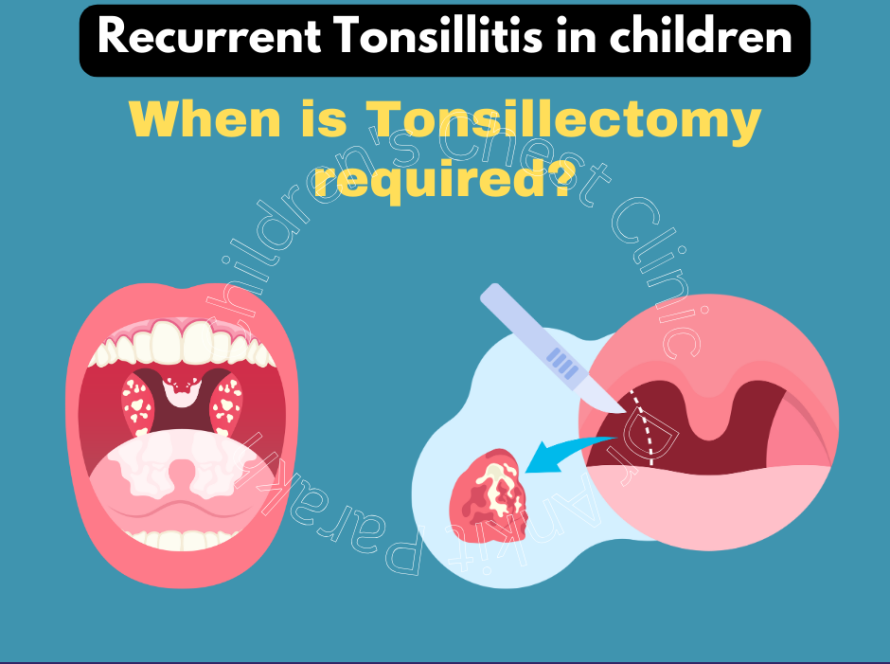Asthma is the most common chronic respiratory disease seen worldwide among children, adolescents and adults. The cause of asthma appears to be multifactorial with factors such as genetics, environment, allergy and respiratory infections. Scientists still continue to explore the real cause of asthma.
Genetics
There is a strong genetic basis for asthma. If a sibling or one parent has asthma then the chances of getting asthma increases by 25%, while if both parents have asthma the risk increases by 50%.

Environment
Exposure to many environmental factors can incite, trigger and exacerbate asthma in children. The environmental factors could be allergens or irritants.
Children spend a lot of time indoors and exposure to indoor air pollutants may be more problematic compared to outdoor air pollutants. The common indoor air pollutants are biologic allergens like dust mites, cockroaches, cat/dog dander, moulds etc; environmental tobacco smoke (ETS); smoke from agarbatti, dhoopbatti, mosquito coils; smoke from stove burning of kerosene, wood, coal or other biomass. The combustion products include gases like carbon monoxide (CO), nitrogen dioxide (NO2), sulphur dioxide (SO2) and particulate matter.
Exposure to outdoor allergens and triggers can be equally important especially in some parts of the world like India. Outdoor air pollution could be outdoor plant allergens such as organic dusts from grains (wheat, maize, barley etc), castor beans and soybeans. The main six air pollutants namely ozone, sulphur dioxide, nitrous dioxide, carbon monoxide and particulate matter (PM10 and PM2.5) can exacerbate asthma. They could be released as industrial waste or vehicular exhaust.
Allergy
Allergy and asthma are closely related but not all patients with asthma have allergies. Common causes of allergy could be pollen, dust mites, animal dander, cockroaches and moulds. In children with allergies the immune system reacts to the allergen and produces an antibody called immunoglobulin E (IgE). During this process the body produces various chemicals which cause allergic reactions that can affect the eyes, nose, throat, skin, and lungs. When our airways get involved the child gets symptoms of asthma like cough, wheeze and breathlessness. As our body has an immunological memory whenever the allergen gets into contact with the body a similar reaction appears.
Respiratory Tract Infections
Respiratory virus during infancy and childhood can cause wheezing or bronchiolitis. Some children who experience viral respiratory infections go on to develop chronic asthma. In addition viruses are a very important cause of asthma attacks or flares.
The current understanding is that the genesis of childhood asthma is multifactorial. Atopy or a genetic tendency is the underlying factor and multiple environmental insults at critical time-points leads to asthma. These include viral respiratory infections, allergic sensitisation and environmental triggers.






